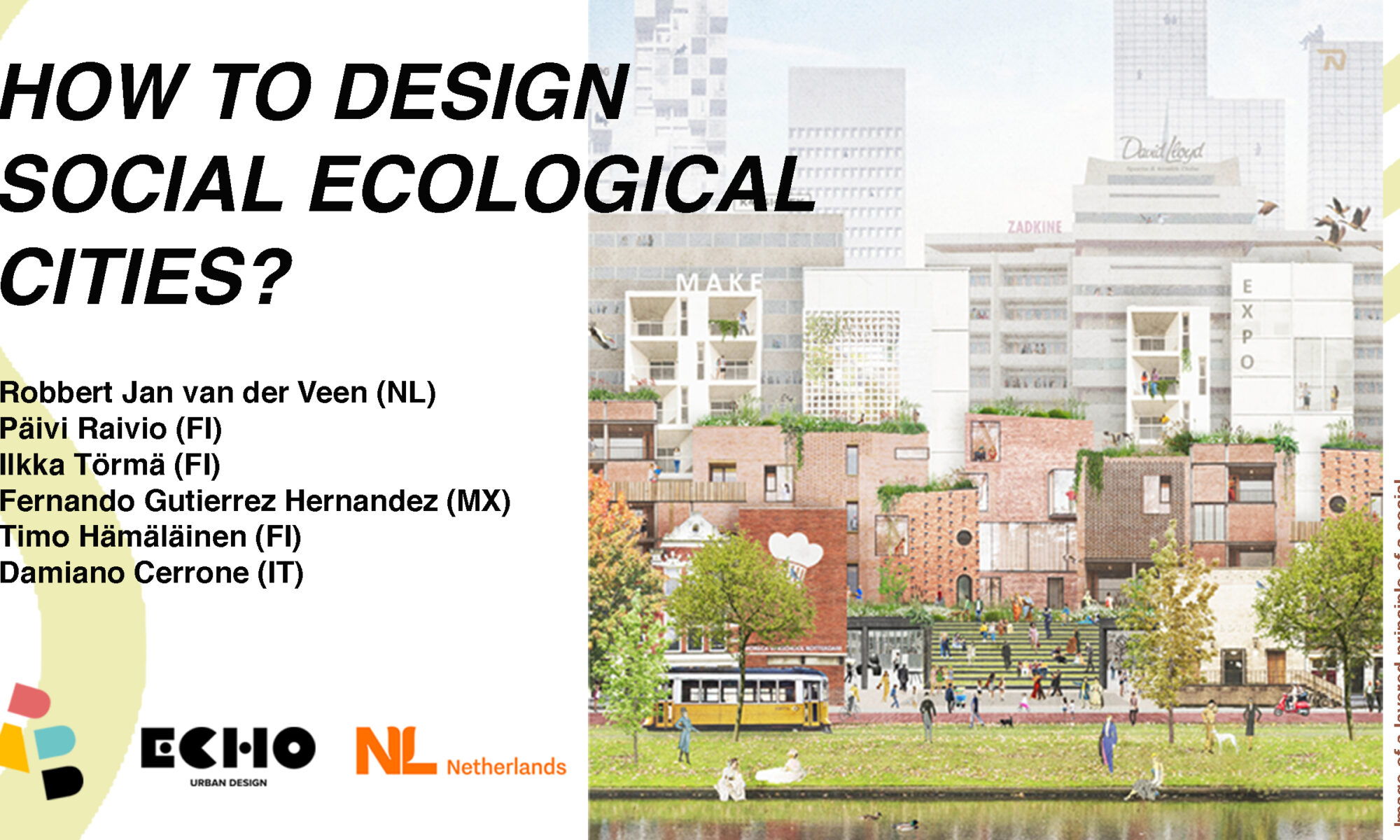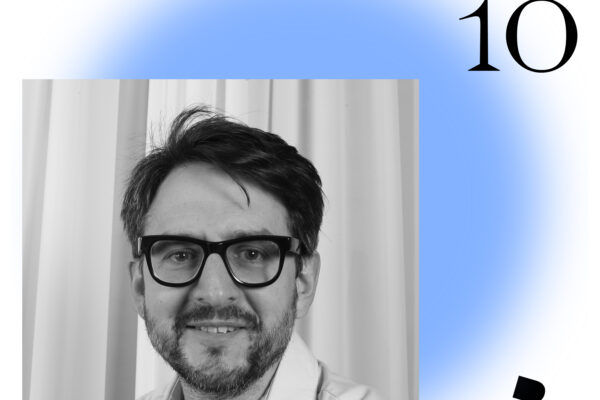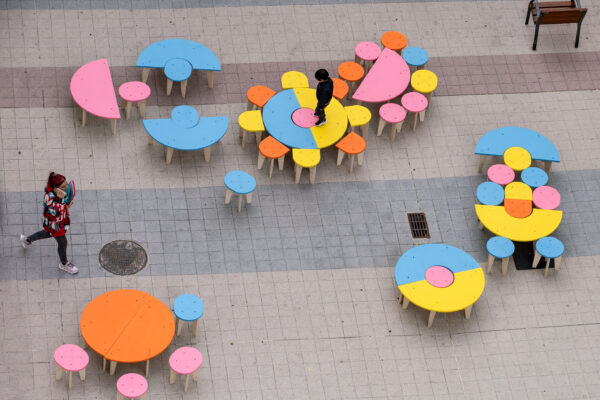What are social ecological cities and how to design them? This essential question of liveable cities was explored together in the How to design social ecological cities -event on the 4th of February, which gathered altogether around 50 participants from variable backgrounds and professions, connecting people who are passionate about the topics. The event was part of Architecture and Design Days 2023 with the theme Quality of Life.
The event’s special guest, Robbert Jan van der Veen (ECHO Urban Design) gave an overarching keynote presentation about the connection between nature and humans and how the history of this relationship can be seen in our urban environments today. Robbert Jan highlighted that this connection should be furthermore strengthened with the right design decisions, and that research and practice could be more strongly tied together as research on history for example, will echo true inspiration for designing social cohesion and ecological connection.
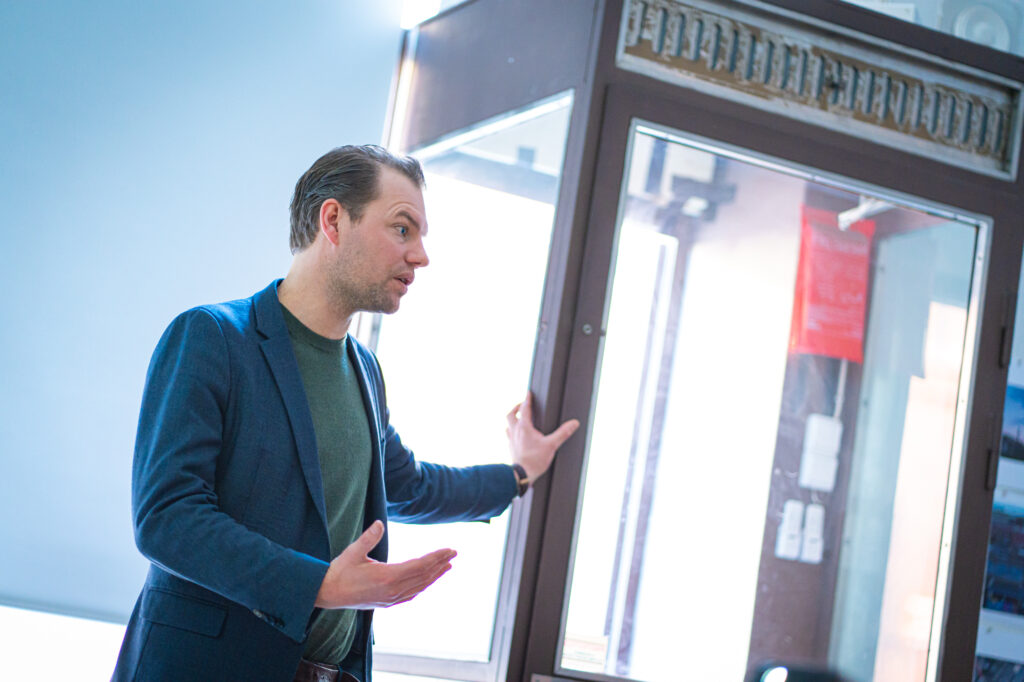
During his talk, we looked into an interesting numeral concepts: interscaling iteration from 1 (spot) to 100.000 (city) and a timeline from 10.000 years back to 10.000 years into the future with picks of illustrative case-examples from the timeline including realised projects by ECHO as well as visionary student work. The geological history and position below sea level sets an on-of-a-kind challenge for planning and habitating the land. The inspiring projects by ECHO’s in Dutch cities are exemplary cases for how the landscape is the starting point, the source of information as well as the framework in which the new urban layer is integrated with careful planning. The renewed connection between people and nature produces wellbeing as well as rich social layers. Creating the connection can begin with a shared experience, such as planting a tree together with the future residents of the neighbourhood.
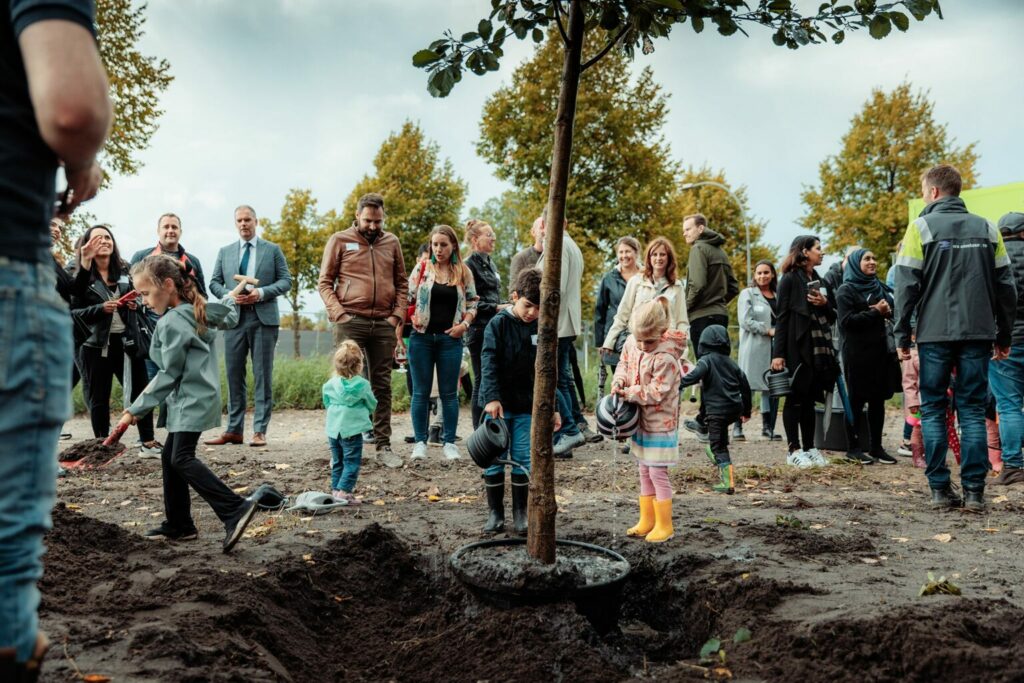
Zooming into the city and its places, Päivi Raivio (RaivioBumann, Parkly) talked about the relation between people, places and nature and how placemaking can revitalize not only places, but the connection between people and nature in cities. The placemaking case-examples she presented were tied to the process of testing big ideas in small places, for example the concept of edible cities. Placemaking projects can also be designed to run in parallel to wider city development, such is the case in Malmi square where the project is directly linked to suburban regeneration projects and successfully links the top-down and bottom-up efforts to create a welcoming square for all.
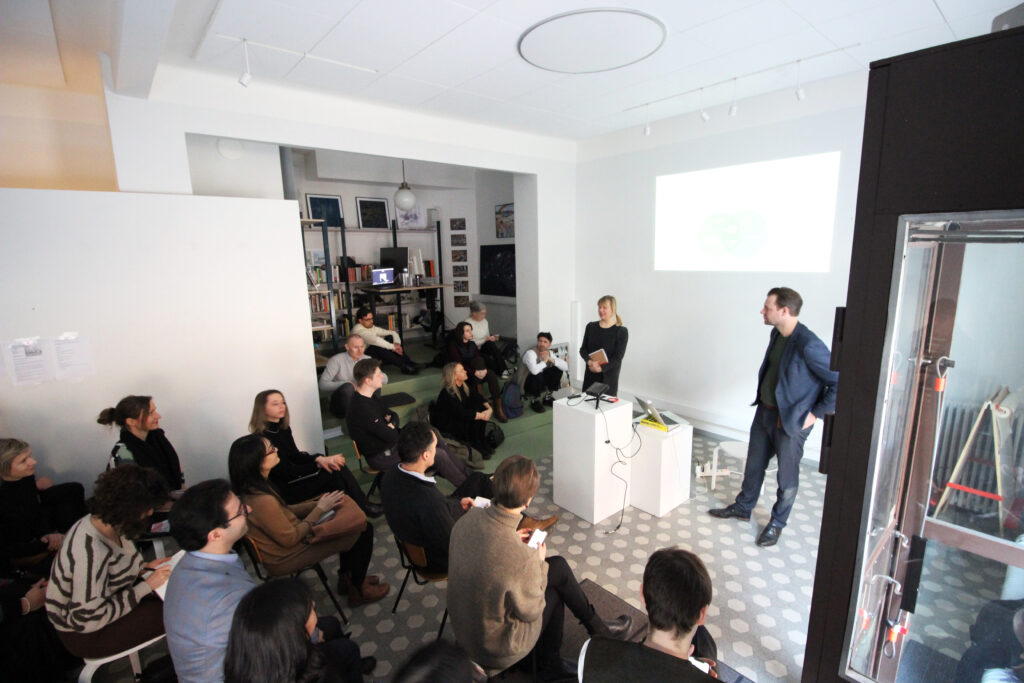
Small places with welcoming qualities are also a key factor for cities to strengthen their network of public places which is essential to include places of all sizes in order to support the 2- and 15 minute city concepts. Building connections in public places is also a key factor for building resilience. Placemaking has many proven benefits, but cities and municipalities are still somewhat lacking the means to act lighter and faster, which Päivi’s practice, such as Parkly, is providing and developing solutions for.
In the presentation by Ilkka Törmä (Tommila Architects, Outlines) and Fernando Gutiérrez (University College London) we heard about examples of the relationship between public space, everyday life and urban heritage in Mexican cities. Fernando and Ilkka had been analysing how practices of everyday life intersect with urban heritage and why its understanding matters. Their research took place in Mexico City’s historic centre on Alameda Central and in Veracruz’s historic centre, Plazuela de la Campana. The cases reveal how social life in public spaces take many forms: informal use such as street vendors, political users such as protests, gendered uses such as gatherings of the LGBTQ+ community. Their presentation highlights why nurturing social life is essential for rich urban heritage: by nurturing social meanings in a place we can see other values as well, such as architectural values. Through social everyday activities the place itself can become cherished and a place for new traditions. In the case examples music events and traditions helped create a new rhythm for the square, creating new layers for the city as well as connections for the community through collective memories. One of the key findings is that experimentations should be done based on the strengths of the place, with time and patience, in order for the activities to take root and start reflecting the community in a true way.
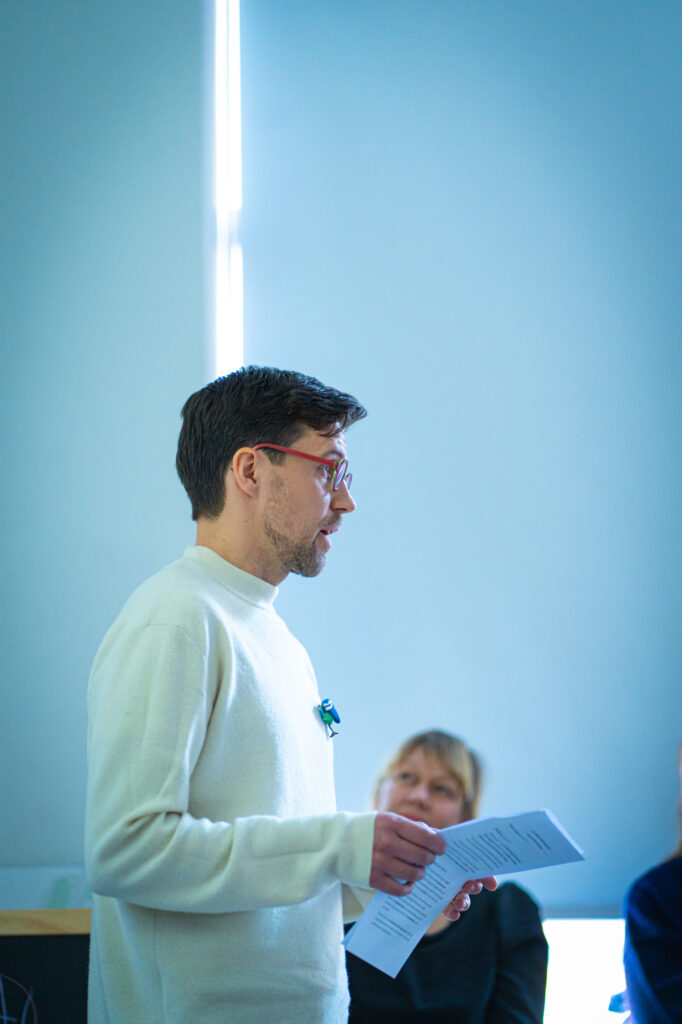
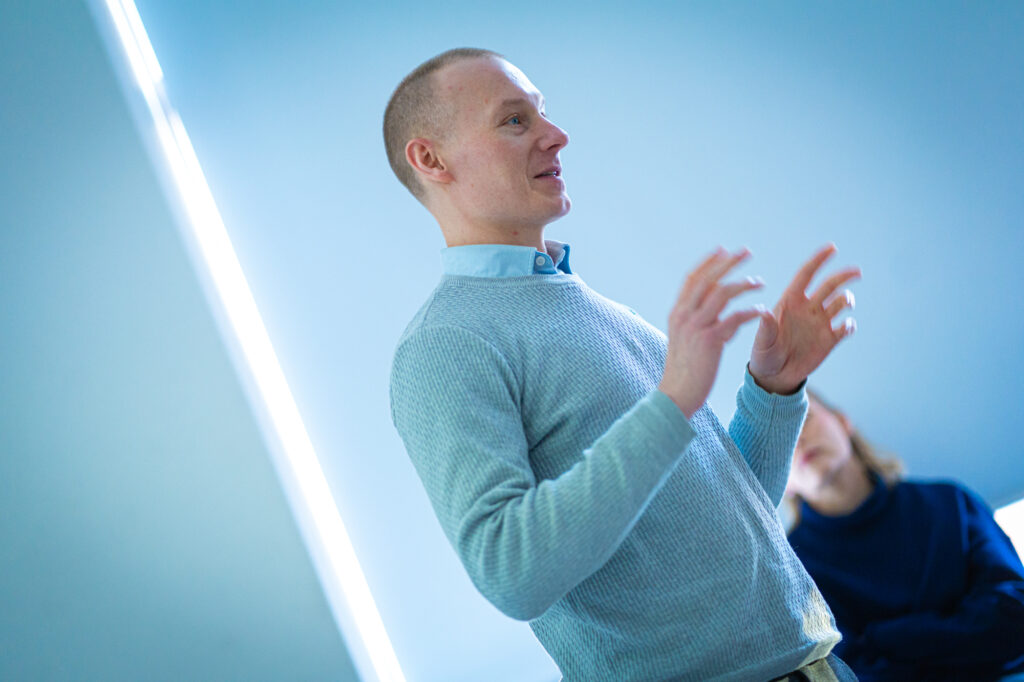
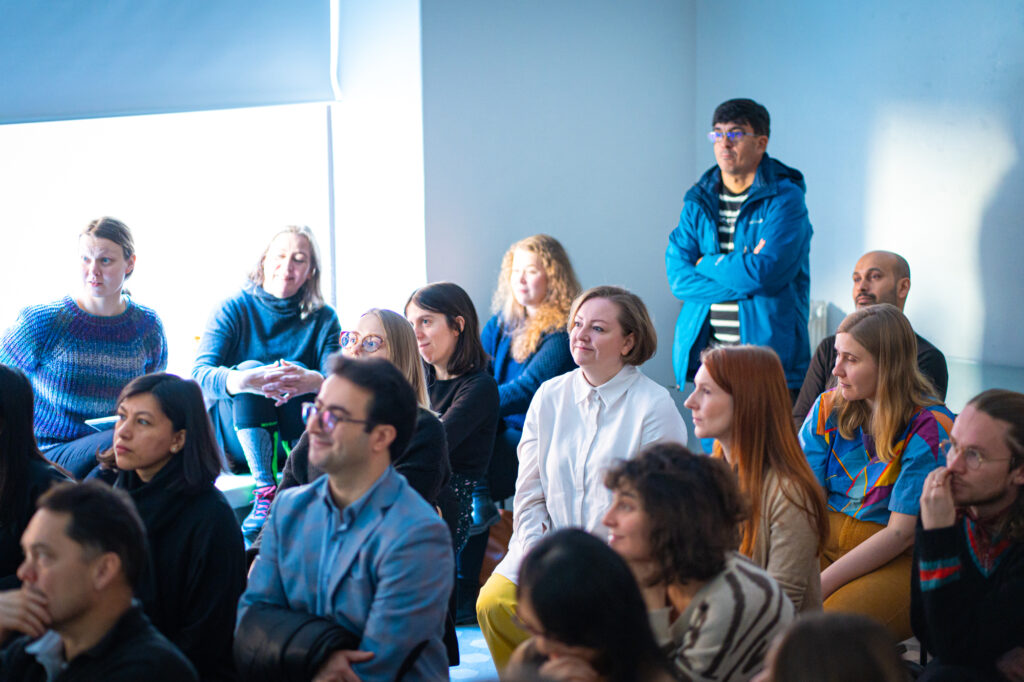
Timo Hämäläinen, known for his Urban Finland blog, presented about the approach of working strategically on different city scales to make our cities more liveable and lovable. At the scale of the entire city, he suggested that priority should be put on centralizing functions and focal places, creating critical mass and for example coupling densification and transit development. On the district scale it is about creating mixed uses, spreading out public and green amenities and focusing on low speed mobility. In the block scale it is about multifunctionality, making room for diversity and promoting inviting streetscapes. His overarching proposition is that cities should turn their planning upside down and incorporate a strategic place-first approach. He also advised cities and municipalities to “unleash the residents” so that there would be more opportunities for residents to create bottom-up liveliness, activities and events. This energetic urban experience will feed the whole city and in best cases, direct and reinforce this strategic asset for cities. In his views, the strategic place-first approach is about shared vision, shared action plan and consequently unleashing the creativity of the citizens.
The presentations were followed up by a lively panel discussion led by Damiano Cerrone in which topics varied from adapting placemaking and urban design for different seasons and weather conditions to policy making. Discovering similarities and differentiation factors between different countries such as Finland and the Netherlands can be highly educative to analyse how cultural or structural factors can affect the use of public space or direct for example building rights. For example Amsterdam has a less traffic based fabric, hence the density enables more social interaction.
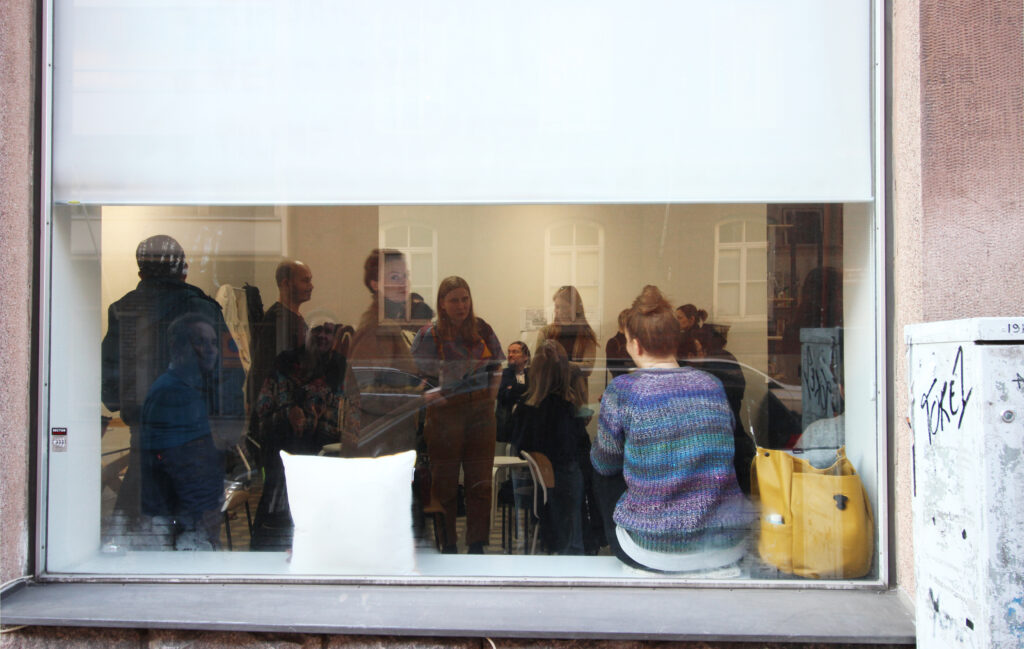
There were discussions about the lack of social life in Finnish cities. One of the named challenges is the cold and dark seasons – naturally the seasons for more indoor life, but events, winter sports and new place approaches can potentially activate Finnish cities even more in the future. For example, winter street experiments have been taking place in several cities already. Also the relatively young urban culture in Finnish cities is hindering the creative use of public spaces, but the joint conclusion is that this is changing and nudged through such approaches as placemaking and tactical urbanism. Younger generations are much more active and free from rules and regulations and everyman’s rights can be adapted to urban spaces too. Streets are undergoing a slow, but steady shift in terms of car use: “people streets” have a layered idea of being pathways for urban nature too, from trees, birds to bees and more. The topic of biodiversity is integral in all planning and it should be encompassed in the notion of inclusive city planning – as everything is connected in social ecological cities.
The panel was followed by a lively chatter, coffee and mingling and introduction to UrbanistAI, a generative AI platform for participatory planning and co-design. Damiano, one of the founders of UrbanistAI, presented how this new codesign platform was used by the City of Helsinki to start the participatory planning process of 2 summer streets (Kesäkadut). The event’s visitors also had a chance to play with UrbanistAI live to reimagine the streetscape of Punavuori with more greenery and social life.
The feedback for the event was profoundly positive especially because of the diverse content, inspiring presentations, intimate atmosphere and how well different viewpoints were brought together under the umbrella of social ecological cities. The participants also represented a wide set of backgrounds, which is essential for the exchange of knowledge and ideas across different fields of practice working with the same aspiration for more socially and ecologically sustainable cities. We are confident that more of these types of events will follow, so do stay connected!
Thank you Embassy of the Netherlands for supporting the event.
The event was organised by RaivioBumann and co-hosted by RealSpace and SpinUnit.

